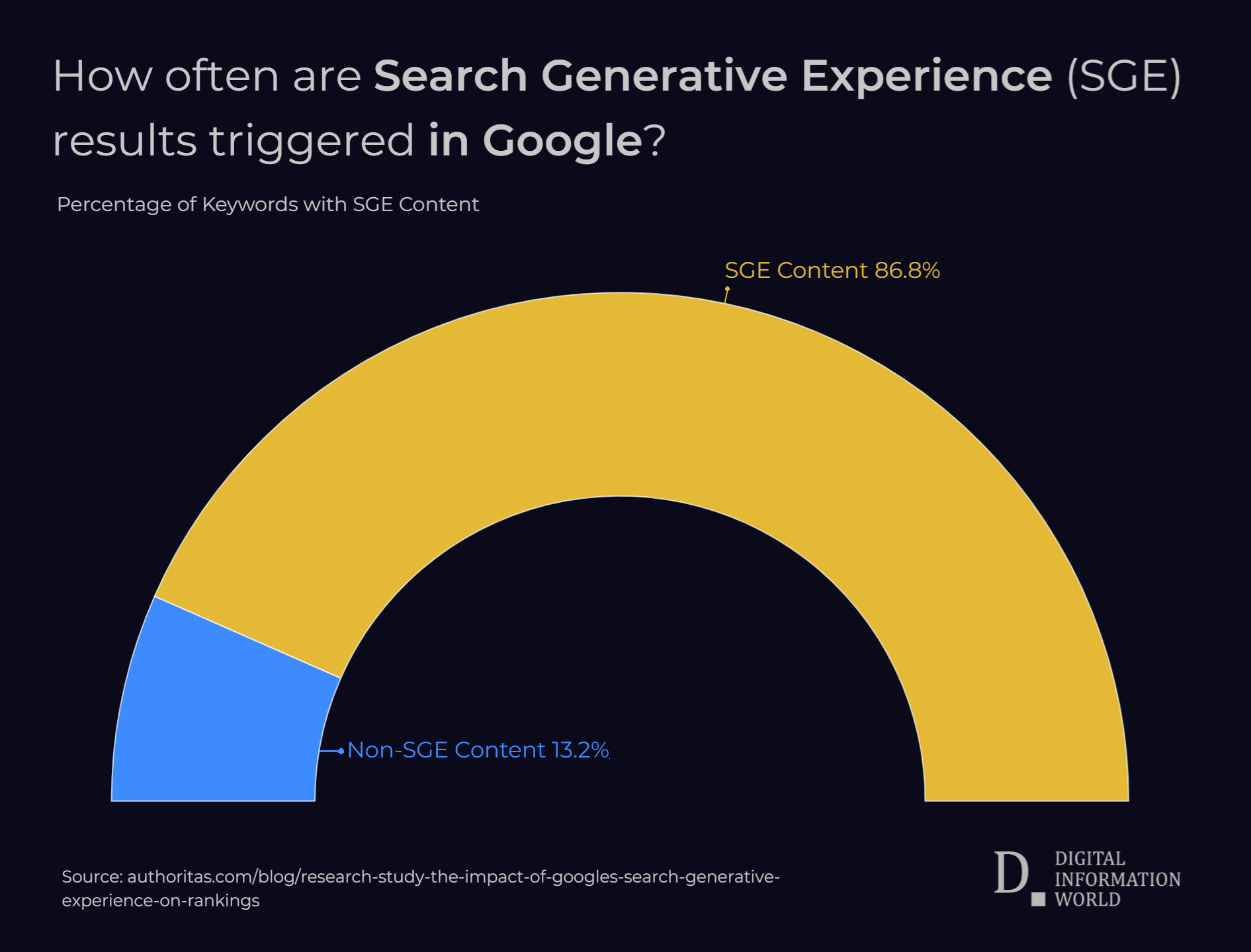In today's competitive business landscape, staying ahead of the curve is essential for success. One powerful tool that can help the business stand out and connect with your audience is corporate video. In this article, explore the reasons why corporate videos are crucial for your business and how they can benefit your brand.
Enhancing Brand Identity and Awareness
Corporate video production is an effective way to establish and reinforce your brand identity. Through visually compelling storytelling, you can convey your brand's values, mission, and unique selling propositions to your target audience. A well-crafted corporate video can leave a lasting impression on viewers by making them more likely to remember and also to recognize your brand in the future.
Building Trust and Credibility
Trust is a cornerstone of a successful business relationship. Corporate videos can help build trust by showcasing your expertise, showcasing customer testimonials, and providing a behind-the-scenes look at your company's operations. When potential customers see real people and real stories associated with your brand, they are more likely to trust your products or services.
Engaging Your Audience
In the digital age, attention spans are shorter than ever. Corporate video production offers a dynamic and engaging way to deliver your message quickly and effectively. Videos can captivate your audience, making them more likely to consume and retain the information you present. This engagement can lead to increased customer interest and conversion rates.
Effective Communication
When it comes to conveying complex information, corporate videos are often more effective than text-based content. You can use visuals, animations, and graphics to simplify complex concepts and make them easier for your audience to understand. Whether you are explaining a new product, demonstrating a process, or presenting financial data, videos can communicate information more efficiently.
Search Engine Optimization (SEO) Benefits
Search engines, like Google, favour websites with video content. By incorporating corporate videos into your website and online marketing efforts, you can improve your SEO rankings. This leads to increased organic traffic to the website, helping you reach a wider audience and potential customers.
Versatile Marketing Tool
Corporate videos can be used across various marketing channels, making them a versatile asset for your business. One can share videos on websites, social media platforms, email marketing campaigns, and even at trade shows or conferences. This versatility ensures that the message reaches your target audience through multiple touchpoints.
Demonstrating Product or Service Features
If you have a complex product or service, a corporate video can effectively demonstrate its features and benefits. Visualising how a product works or how a service can solve a problem is often more compelling than reading about it. This leads to higher conversion rates as potential customers gain a better understanding of what you offer.
Expanding Reach and Accessibility
Corporate videos can be easily shared and distributed online, making them accessible to a global audience. By creating videos with subtitles or multiple language options, you can reach customers from different regions and backgrounds. This accessibility can help your business expand into new markets and demographics.
Leveraging Social Media
Social media platforms thrive on visual content, making corporate videos a perfect fit for social media marketing. Videos on platforms like Facebook, Instagram, and YouTube can attract more likes, shares, and comments than text-based posts. This increased engagement can boost your brand's visibility and drive more traffic to your website.
Measuring and Analysing Performance
One of the advantages of using corporate videos is the ability to track their performance. You can analyse metrics such as view counts, click-through rates, and audience engagement to understand how well videos are resonating with the target audience. This data-driven approach allows you to refine your video marketing strategy over time for better results.
In conclusion, corporate videos are a valuable asset for your business that can enhance your brand identity, build trust, engage your audience, and drive growth. By incorporating video content into the marketing strategy, you can effectively communicate your message, improve online visibility, and also connect with the target audience on a deeper level. Whether you're a small startup or a large corporation, corporate videos can play a crucial role in your business's success.
Image: DIW-AIgen
by Web Desk via Digital Information World







